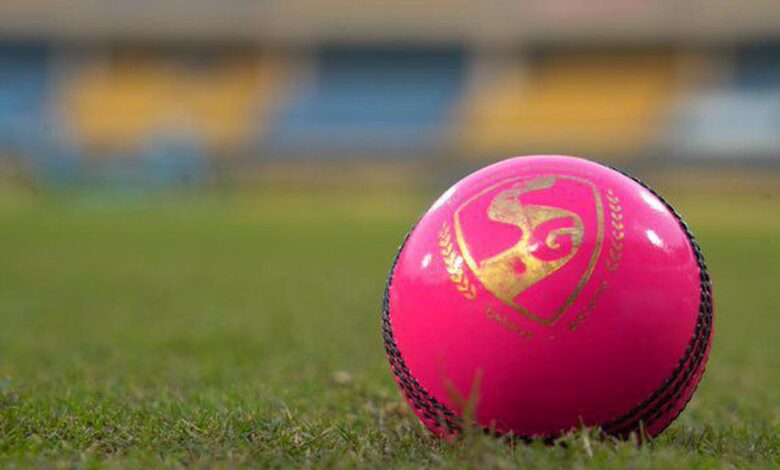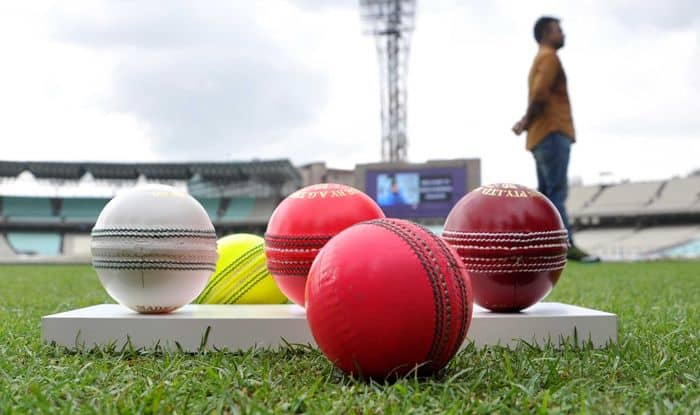How “Pink Ball” Makes Day/Night Test Brighter

The evolution of IPL and T20 made a remarkable impact on test cricket. Because of people’s busy schedules, they are interested in a shorter version of cricket.
Initially, BCCI conducted IPL for financial support for other formats of cricket in India. Fast forward today, IPL occupies a place in every Indian’s heart. Best friends became arch rivals as they start fighting about whose team is best.

As a part of improvisation in test cricket, the ICC brought some interesting rules like the “Pink-ball”. Before getting to know about the pink ball in test cricket, we have to know about other interesting rules proposed by ICC:
Test Cricket under Flood Light:
To make Test cricket interesting ICC gave green signal to Day/Night test cricket match; this is also known as floodlight cricket. The first-ever Day/Night test match was held between Australia and New Zealand in 2015. When it comes to India, India hosted their first Day/Night Test against Bangladesh on November 22, 2019. The cause behind the Day/Night test cricket is to engage the children after school and other after their work.
DRS (Decision Review System) in Test Cricket:
The Decision Review System was brought in as part of a process of recognizing that umpires could commit mistakes. It is a technology-based system used in cricket to assist the match officials with their decision-making. Previously DRS was limited to ODI and T20’s, DRS now used in test cricket as well. In Test cricket, each team has 3 chances to use DRS.
Now “Pink Ball” in Test Cricket:
Earlier, only the red ball was used in test cricket, which is difficult to spot under artificial lights. To overcome this difficulty, ICC brought Pink-Ball in Day/Night Test Cricket. Initially, it was thought to be suitable only for bowlers because of low scoring matches. The 400 plus scores recorded in the England and New Zealand match concluded that it would also favor the batsmen.
The major advantage of using Pink-Ball is because of the shine it is clearly visible, and easier to spot under the floodlights. Pink-Ball swings more in the initial part of the match it’s a bit advantage for bowlers. The major challenge is that the weight of the pink ball is heavier, making it very difficult to field. When the fielder catches the ball, it hits the fielder’s hand harder. Some extra effort is required when the ball is thrown from the boundary.
The main concept behind the changes being proposed / done so far by ICC, is to bring back the craze and popularity for test cricket.
Let us know your views about the introduction of pink balls in cricket in the comment section below.





